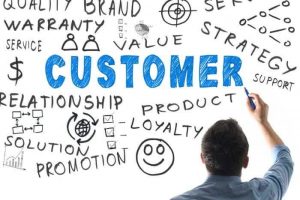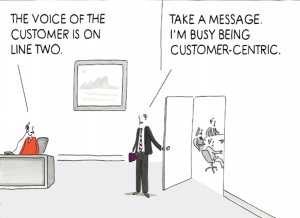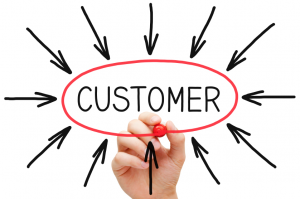Introduction
In the fast-paced world of SaaS and technology, Customer Success Managers (CSMs) are the linchpins of growth. But are you working strategically with your customers, or are you stuck in a reactive loop? This blog post aims to shift your mindset towards a more strategic approach to customer success, driving not just retention but also growth.
Why Strategy Matters in Customer Success
- Beyond Firefighting – being reactive solves problems but doesn’t drive growth. Strategic planning helps you anticipate customer needs.
- Alignment with business goals – a strategic approach ensures that your customer success efforts directly contribute to business objectives.
Key elements of strategic Customer Success include:
- Customer Segmentation – High-Value vs Low-Value: Not all customers require the same level of attention. Segment them to allocate resources more effectively.
- Success Planning – Individualised Roadmaps: Create success plans tailored to each customer segment, outlining milestones and KPIs.
3. Proactive Engagement – Customer Value Review: Regularly review metrics, value being generated and set new goals, ensuring you and your customers are aligned.
4. Risk Identification – Early Warning Systems: Use data analytics to identify accounts that may be at risk of churning.
Implementing Your Strategy
Step 1: Data Gathering – Collect Metrics: Understand customer behaviour through data. Use tools like NPS and CSAT scores as initial indicators.
Step 2: Actionable Insights – Data-Driven Decisions: Use the data to inform your strategic plans.
Step 3: Execution – Team Alignment: Ensure that your team understands the strategy and how to implement it.
Conclusion
Strategic customer success is not just a buzzword; it’s a necessity in today’s competitive market. By focusing on a more strategic approach, CSMs can drive real growth, not just prevent churn. So, take the leap from being a good CSM to a great, strategically-minded one. Your bottom line will thank you.








